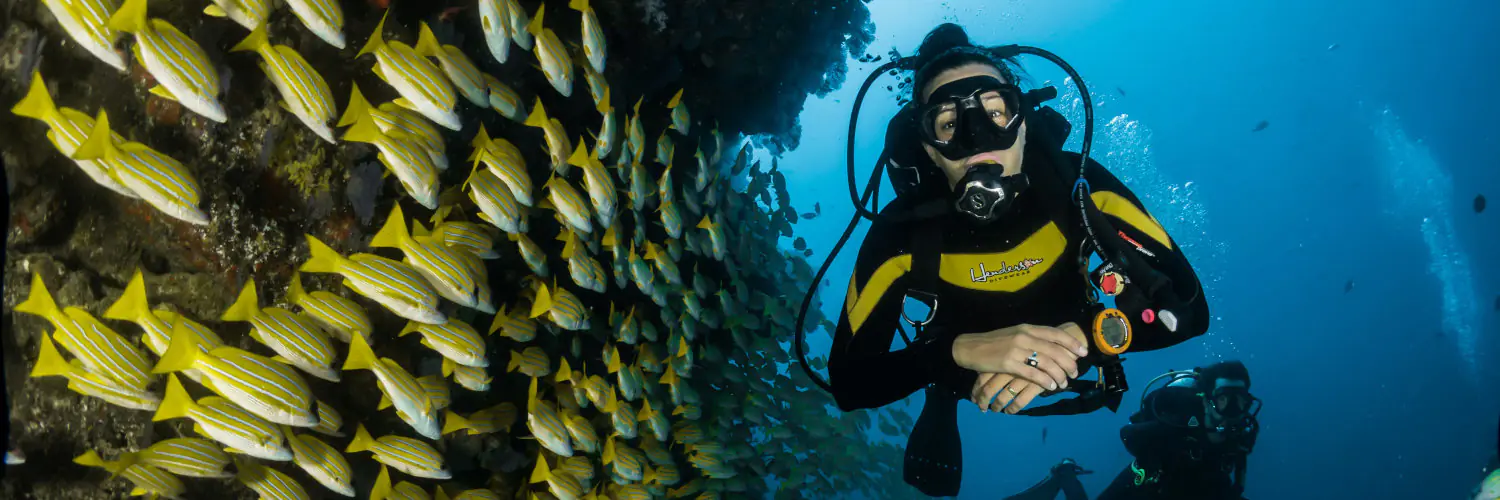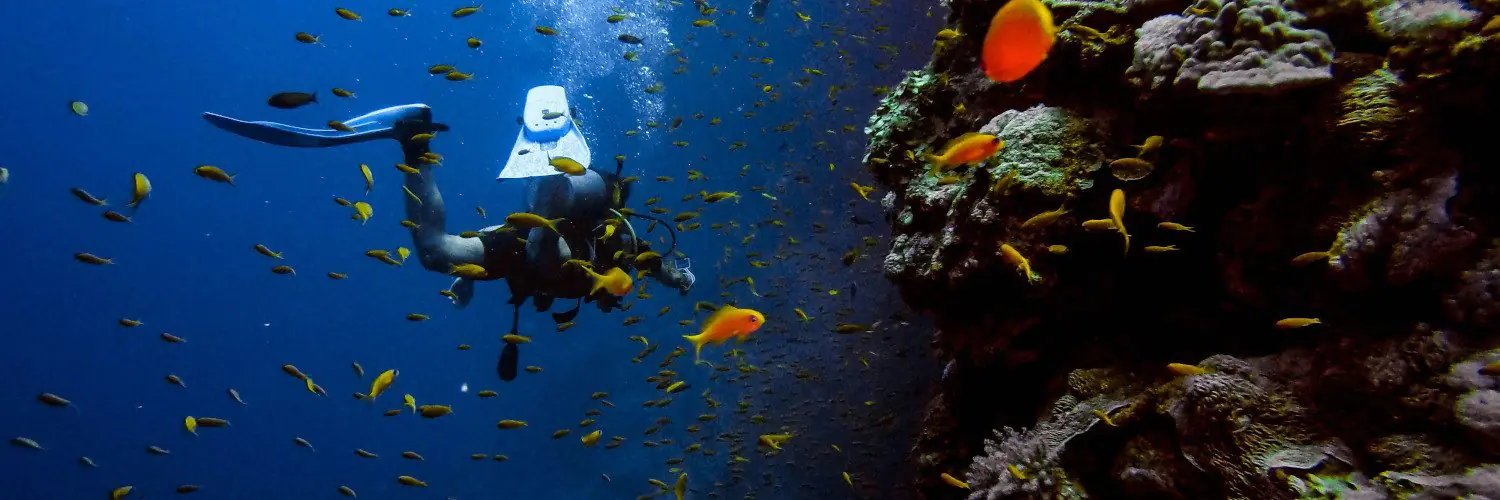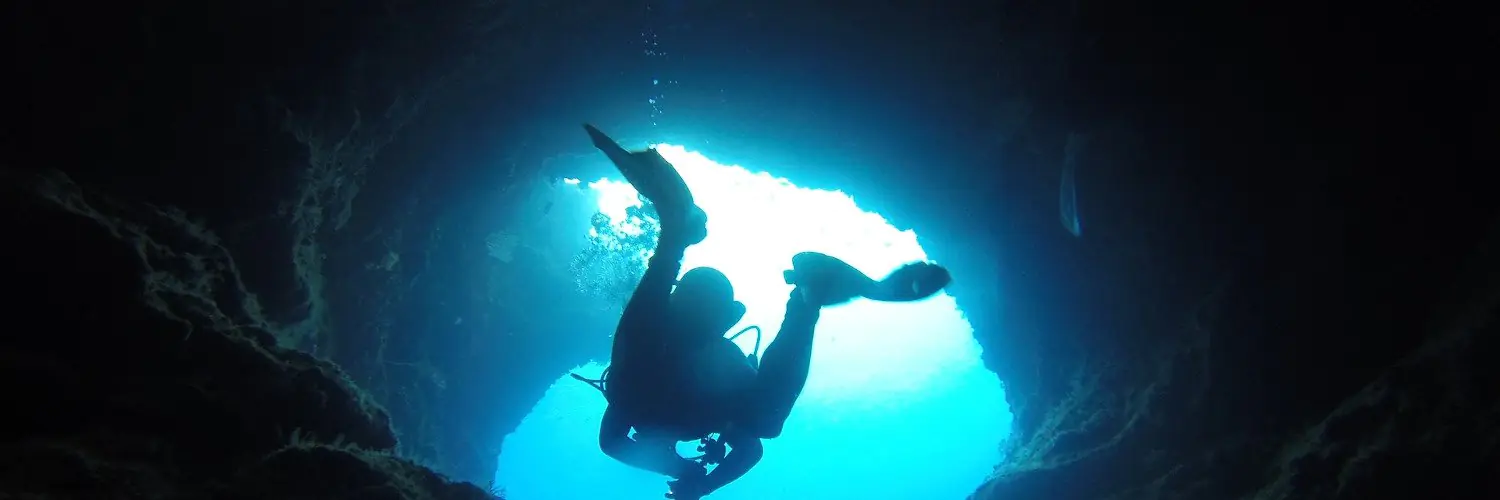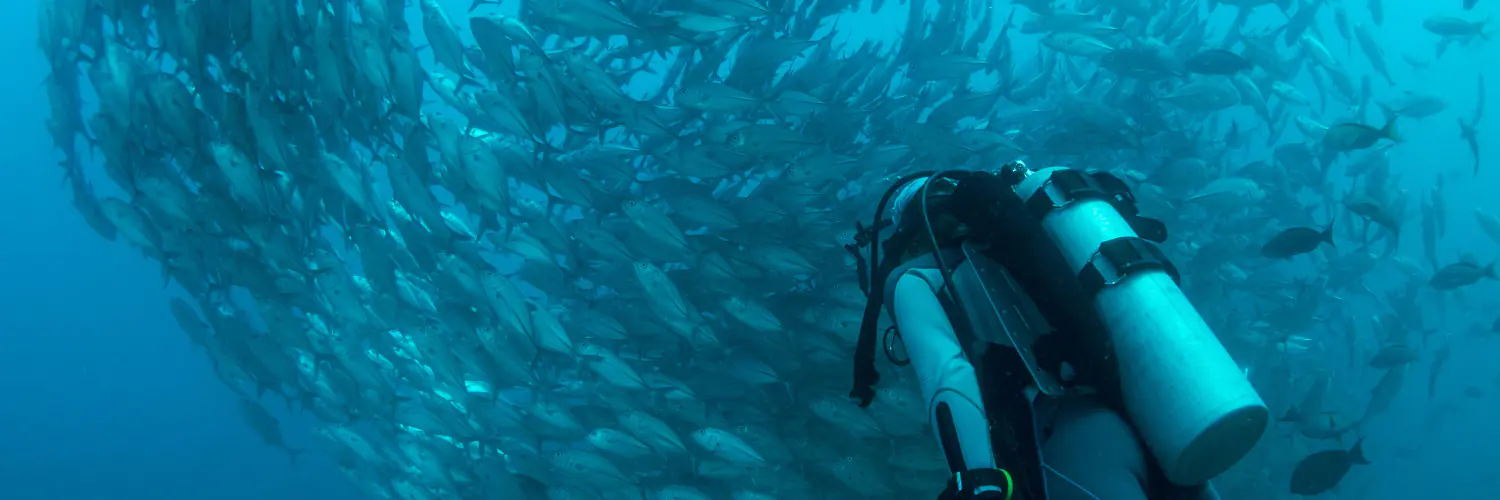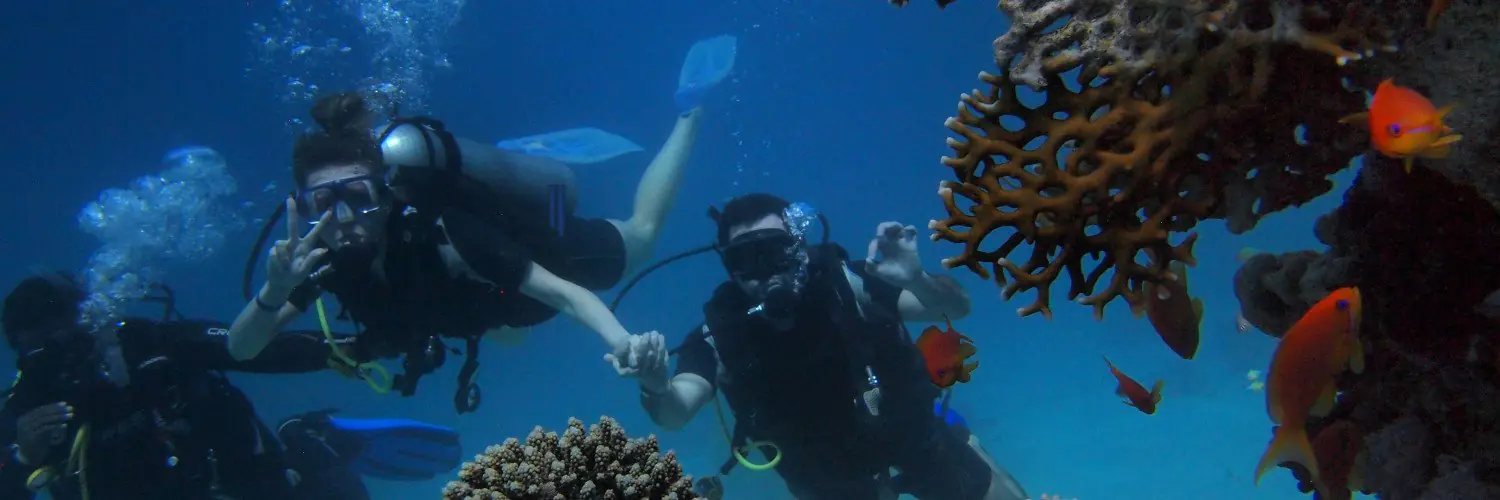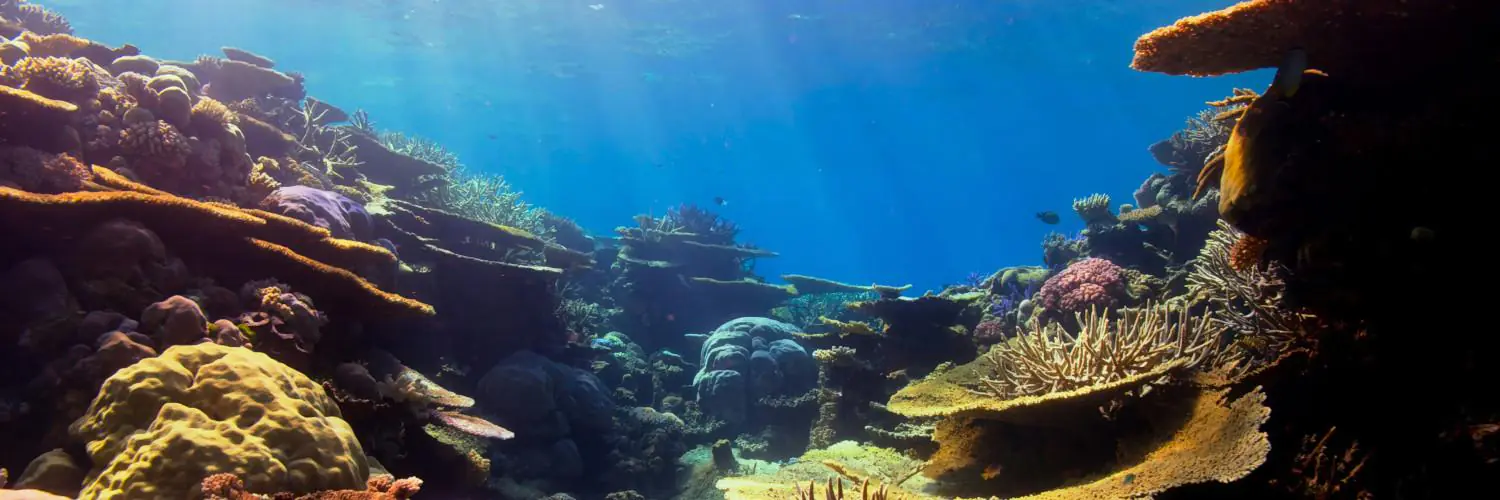Scuba diving offers an entrancing experience of underwater exploration, and the scuba tank is a diver’s lifeline, providing the necessary air supply. Choosing the correct scuba tank size is crucial for ensuring a safe and enjoyable dive. Scuba tanks come in various sizes, but the 80-cubic-foot tank is the most commonly used, especially for recreational diving. This tank size holds approximately 11.1 liters of air, offering an average dive time of around 45 minutes, which suffices for most recreational divers.
The choice of a scuba tank also depends on factors such as dive duration, depth, and the diver’s air consumption rate. Smaller tanks, like the 40-cubic-foot tanks that hold about 5.5 liters of air, are favored for shorter dives, while tanks with capacities ranging from 80 to 100 cubic feet meet the requirements of an average scuba diver. Ultimately, the selection of tank size should be aligned with the diver’s physical comfort, buoyancy needs, and the nature of the dive planned.
Divers must also consider the material and pressure ratings of scuba tanks. Tanks are typically made from aluminum or steel, with steel being the choice for those seeking durability and a higher weight capacity. Pressure ratings vary; common ones include “low” (2400 to 2640 psi), “standard” (3000 psi), and “high” (3300 to 3500 psi). High-pressure tanks tend to be smaller in size but carry more air, offering longer dive times without significant increase in weight or bulk.
Table of Contents
Understanding Scuba Tank Basics
Scuba tanks are essential for underwater breathing, coming in various types and sizes with differing materials. Understanding these basics helps divers choose the right tank for their diving needs.
Types of Scuba Tanks
Scuba diving tanks come primarily in two materials: aluminum and steel. Aluminum tanks are lightweight and tend to float when near empty underwater, making them a popular choice among recreational divers. They are prone to oxidation but resist rust. In contrast, steel tanks are favored for their durability and negative buoyancy, which can aid in maintaining proper trim and buoyancy underwater. They are less likely to oxidize but can rust if the protective coating is compromised.
Size and Capacity
Scuba tanks are measured by both their physical size and their capacity to hold compressed air, typically rated in either cubic feet or liters. The most common tank size is the aluminum 80, which holds about 80 cubic feet of air, while the aluminum 63 is a smaller option. Steel tanks often range from steel 80 to larger capacities, with high-pressure steel cylinders holding more air at higher pressures, usually rated in PSI (pounds per square inch) or bar. High-pressure steel tanks can offer a higher capacity of air in a similar physical size to standard-pressure tanks, with ratings like 300 BAR/4,350 PSI.
Material Differences
Steel tanks:
- Greater weight, negative buoyancy
- Prone to rust; require maintenance
- Higher capacity in a smaller size
Aluminum tanks:
- Lighter, tend to be positively buoyant when empty
- Resist rust, prone to oxidation
- Popular sizes: aluminum 80 and aluminum 63
Divers must choose tanks based on the type of diving, the diver’s size and strength, and personal buoyancy preferences. Steel cylinders may be preferable for colder waters and technical dives, whereas aluminum tanks are often suitable for warmer waters and recreational diving.
Scuba Tank Specifications
Scuba tanks come in various specifications that affect their performance and compatibility with diving equipment. The three primary aspects to consider are pressure ratings, valve types, and the buoyancy and weight characteristics of the tank.
Pressure Ratings
High Pressure
- Capacity: Typically ranges from 3300 to 3500 psi
- Examples: HP tanks with a 300 BAR/4,350 PSI capacity
Low Pressure
- Capacity: Usually extends from 2400 to 2640 psi
- Common Use: Favoured for their lower working pressure
Standard Pressure
- Capacity: 3000 psi is the most common standard pressure
Tanks with higher pressure ratings hold more air in a compact size but require thicker tank walls for safety.
Valve Types
DIN Valves
- Characteristics: O-ring is secured inside the valve itself
- Compatibility: Often preferred for high-pressure tanks
Yoke Valves
- Description: Features a clamp that goes over the tank valve
- Suitability: Commonly used with standard pressure tanks
Divers must ensure that their regulator first stage matches the tank’s valve type, whether DIN or Yoke, to establish a secure connection.
Buoyancy and Weight
Buoyancy
- Empty Tanks: Tend to be positively buoyant or near-neutral
- Full Tanks: Usually negatively buoyant due to air mass
Weight
- Material: Steel tanks are heavier and may have better buoyancy characteristics when empty
- Handling: Aluminum tanks are lighter for transportation but may become positively buoyant near the end of a dive
Buoyancy and weight are critical factors as they directly impact a diver’s ability to control ascent and descent, and maintain neutral buoyancy underwater.
Maintenance and Safety
Scuba tank maintenance and safety are critical to ensure that diving equipment functions reliably. Tanks should undergo regular examinations to detect any potential issues that could compromise a diver’s safety under water.
Visual and Hydrostatic Testing
Visual Inspection: Each scuba tank requires an annual visual inspection to assess the interior and exterior condition. They check for corrosion, rust, external damage, and the integrity of o-rings. Trained professionals look for signs of wear, such as dents and scratches, that could indicate weaknesses in the tank’s structure.
- Frequency: Annually
- Inspected By: Certified professionals
Hydrostatic Testing: Scuba tanks must undergo hydrostatic testing every five years. This process tests the tank’s ability to safely hold pressure.
- Frequency: Every 5 years
- Test Includes: Pressurizing the tank beyond normal operating levels to ensure it returns to its original shape.
Common Wear and Damage
Scuba tanks, primarily made of aluminum or steel, are prone to various forms of wear and damage that can compromise their integrity and safety.
- Rust and Corrosion: More common in steel tanks but can also affect aluminum if the protective coating is compromised. Regular inspections can detect early signs of rust.
- Dents and Scratches: These imperfections may weaken the tank structure. Even minor dents should be evaluated by a professional.
- O-Ring and Burst Disk: These components require regular checks. The o-ring ensures a proper seal, while the burst disk acts as a safety device to prevent over-pressurization.
By adhering to these maintenance and safety protocols, divers can ensure their equipment remains in optimal condition for safe diving experiences.
Diving Experience and Tank Choice
When selecting a scuba diving tank, divers must consider how factors like air consumption and the physical attributes of the tank affect their diving experience.
Air Consumption and Dive Time
Dive Time: A diver’s air consumption rate is critical in determining the suitable size of a scuba tank. An average open-water certified diver with an 80-cubic-foot aluminum scuba tank can expect a dive time of approximately 45 to 60 minutes at moderate depths. This duration allows for a safe reserve of air upon ascent. Beginners, or those with higher air consumption rates, may benefit from larger capacity tanks to extend bottom time.
Efficiency: Experienced divers who understand their air consumption needs can optimize their choice of tank. It is also common for divers to carry multiple cylinders for extended dive times or deeper dives.
Equipment Considerations for Divers
Weight and Size: Divers should take into account the weight of a scuba tank, which can range from a lightweight 7 pounds to a more substantial 90 pounds. Most recreational scuba tanks, made of aluminum, weigh between 30 to 50 pounds when empty.
Rental vs. Ownership: Beginners might opt for rental tanks as they get accustomed to different sizes and weights. They can then make informed decisions based on experience, while considering the practicalities of transporting and maintaining their own tanks.
Material and Pressure: Tanks typically have pressure ratings from 2000 to 3500 psi, with a majority designed for 3000 psi. The chosen material—aluminum or steel—and the tank’s pressure rating, influence the overall durability and weight of the scuba tank.
By factoring in air consumption patterns and the physical characteristics of different scuba tanks, divers can make informed choices that enhance their underwater experience.
Advanced Considerations
Selecting the appropriate scuba tank goes beyond the basics of size and material. Advanced considerations involve understanding gas mixtures for technically demanding dives and the implications of different locations on tank selection.
Technical Diving and Gas Mixtures
For technical diving, divers use gas mixtures like trimix (a blend of oxygen, nitrogen, and helium) and enriched air nitrox (increased oxygen, decreased nitrogen)—which offer benefits like reduced nitrogen narcosis and extended bottom time. Trimix allows for deeper diving by mitigating risks associated with high concentrations of oxygen at depth, while enriched air nitrox is often used to increase safety margins or extend no-decompression limits. Divers need to carefully calculate gas consumption rates for these mixtures to ensure adequate supply throughout the dive.
- Trimix: He+O2+N2
- Enriched Air Nitrox: O2+N2 (>21% O2)
Tank Selection for Different Dive Locations
When selecting a scuba tank, the dive location plays a critical role. In salt water, buoyancy is more easily achieved, possibly affecting tank choice. Moisture and temperature at a location can influence considerations regarding tank material—aluminum tanks may be better suited for saltwater use due to their resistance to corrosion. Divers must consider these environmental factors in addition to personal breathing rates and dive depth to ensure an adequate air supply.
- Tank Material Suitability
- Aluminum: Preferred for saltwater due to corrosion resistance.
- Steel: Often chosen for its durability and higher capacity possibilities.

